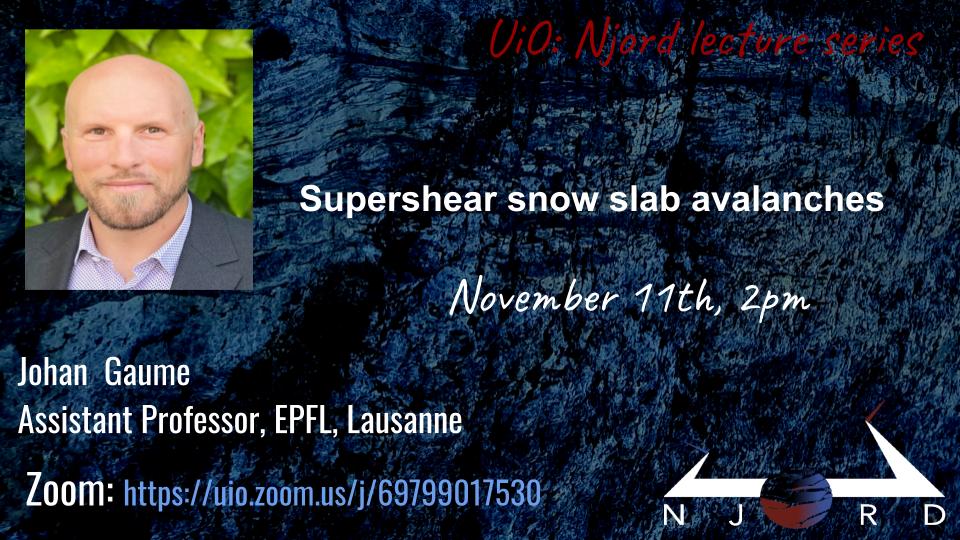Abstract:
Snow slab avalanche release can be separated in four distinct phases : (i) failure initiation in a weak snow layer buried below a cohesive snow slab, (ii) the onset and, (iii) dynamic phase of crack propagation within the weak layer across the slope and (iv) the slab release. The highly porous character of the weak layer implies volumetric collapse during failure which leads to the closure of crack faces followed by the onset of frictional contact. To better understand the mechanisms of dynamic crack propagation, we performed numerical simulations, snow fracture experiments, and analyzed the release of full scale avalanches. Simulations of crack propagation are performed using the Material Point Method (MPM), finite strain elastoplasticity and constitutive models based on critical state soil mechanics. Experiments consist of the so-called Propagation Saw Test (PST). Concerning full scale measurements, an algorithm is applied to detect changes in image pixel intensity induced by slab displacements in accidentally triggered avalanches. We report the existence of a transition from sub-Rayleigh anticrack to supershear crack propagation following the Burridge-Andrews mechanism. In detail, after reaching the critical crack length, self-propagation starts in a sub-Rayleigh regime and is driven by slab bending induced by weak layer collapse. If the slope angle is larger than a critical value, and if a so-called super critical crack length is reached, supershear fracture occurs. The corresponding critical angle may be lower than the weak layer friction angle due to the loss of frictional resistance during volumetric collapse. The sub-Rayleigh regime is driven by mixed mode anticrack propagation while the supershear regime corresponds to a pure mode II propagation with intersonic fracture velocities. This intersonic regime thus leads to pure tensile slab fractures initiating from the bottom of the slab as opposed to surface initiations induced by slab bending in the sub-Rayleigh regime.
You will find the complete schedule for Njord Seminar Series fall '22 here.
To get news, invitations to seminars and more from Njord, please go here to subscribe to our newsletter.
